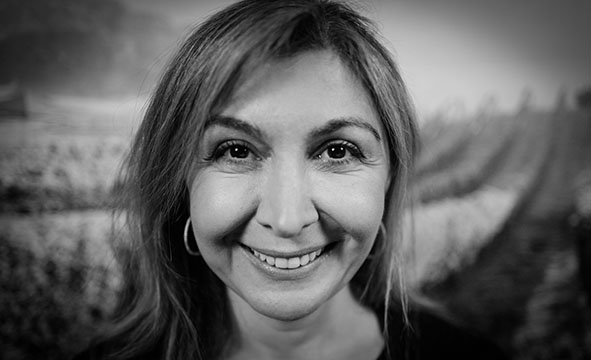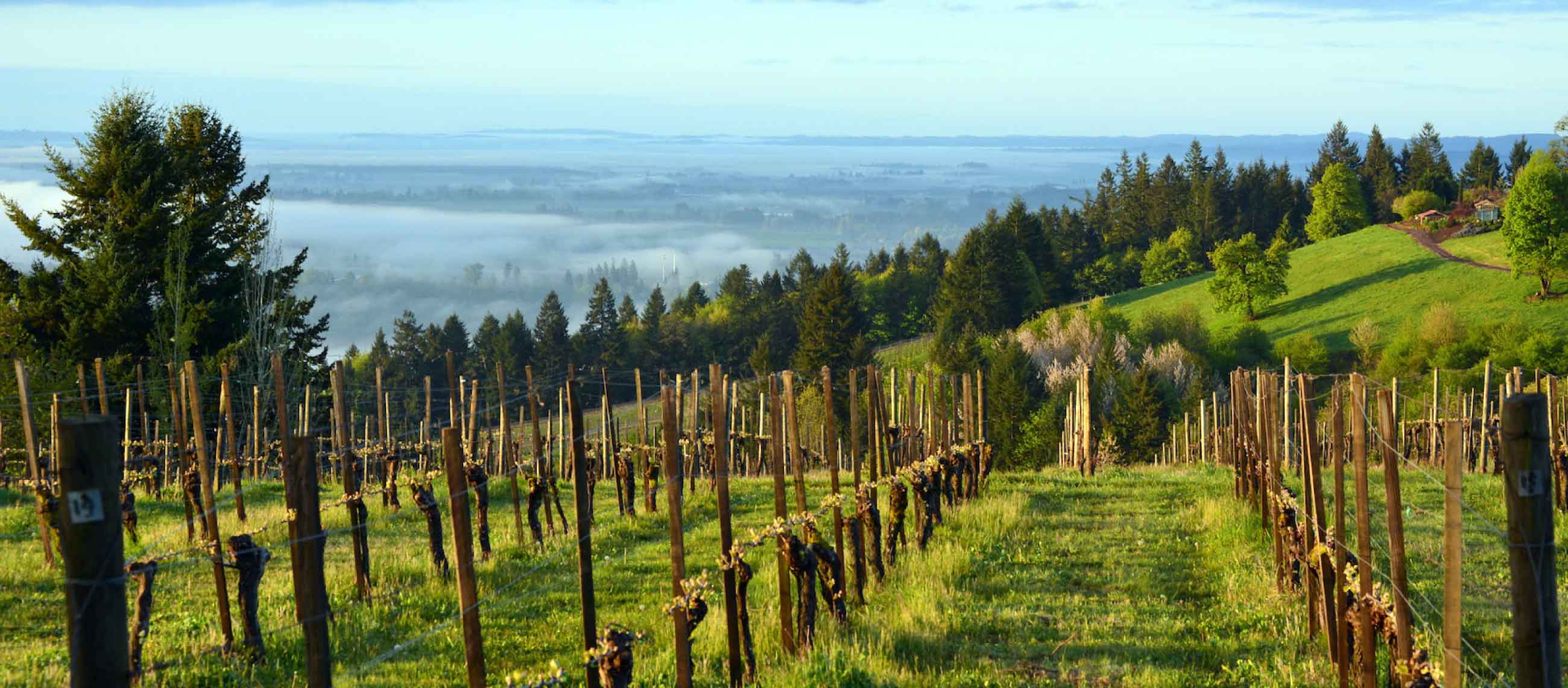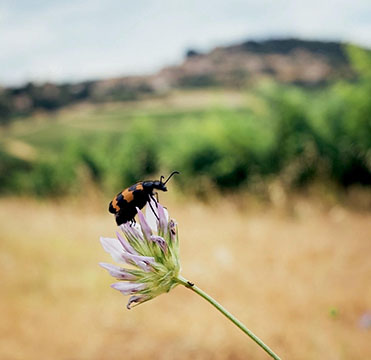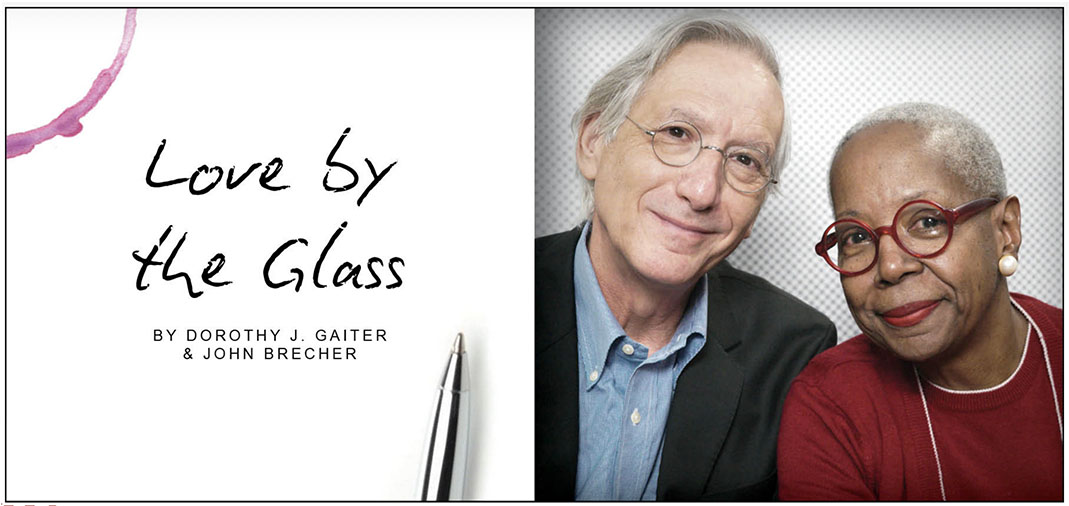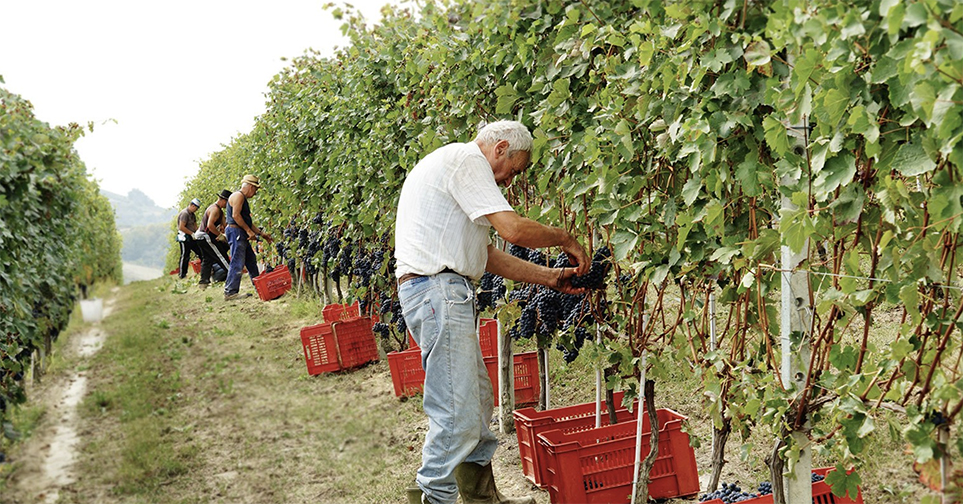Kapistoni Winery is a family-owned, traditional wines business located in a certified Eco-Zone in the Saguramo village of the Mtskheta region in Georgia. They work with indigenous grapes such as Chinebuli, Shavkapito, Tavkveri, Saperavi and Rkatsitelli in traditional Qvevri Georgian method, using ancient, unique, indigenous grapes selected and harvested from the best varieties in ecologically cultivated vineyards from the regions of Kartli and Kakheti.
Monthly Archives: February 2022
- February 25, 2022
We had an interesting journey recently that took us back in time and to a future, we hope, when there are more ageable white wines on shelves.
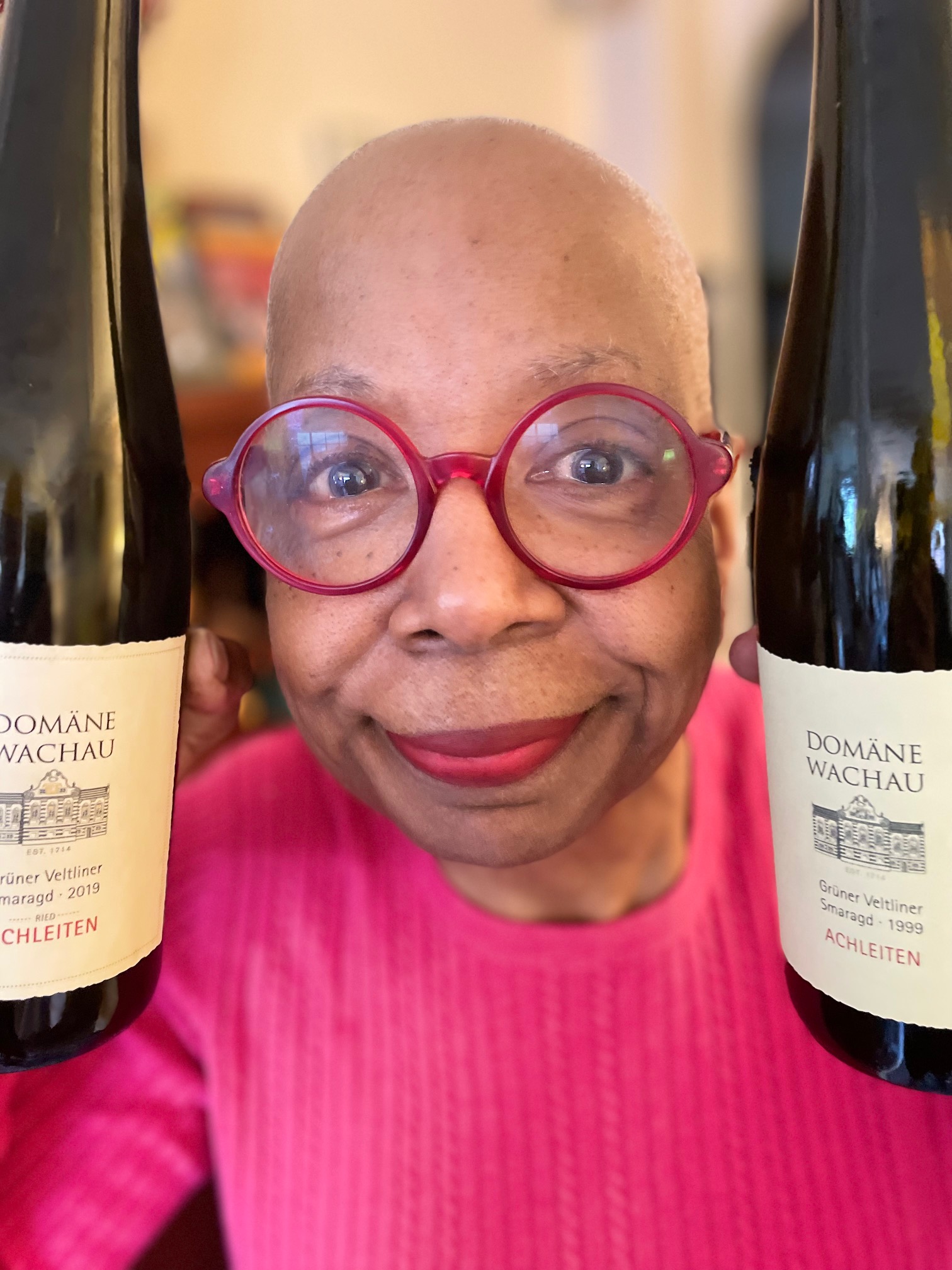 We are often asked when a wine will be at its best, but that question is usually about red wines. There’s an assumption that whites won’t go the distance. In our case, we love white wines with some age. We came to that honestly: Throughout the 1980s, we bought and drank German Rieslings from the 1971, 1975 and 1976 vintages. They were not popular even back then, which meant we could afford them.
We are often asked when a wine will be at its best, but that question is usually about red wines. There’s an assumption that whites won’t go the distance. In our case, we love white wines with some age. We came to that honestly: Throughout the 1980s, we bought and drank German Rieslings from the 1971, 1975 and 1976 vintages. They were not popular even back then, which meant we could afford them.Over the years, some of our most remarkable experiences have been with older white wines, not just Riesling but others, such as well-cared-for Muscadet. In 1987, we visited a winery in Napa that was selling a decade-old Gewürztraminer from its library collection. We opened it right there at cellar temperature, shared it with the tasting room staff, and it was delicious.
Whites with some age can be hard to find. One of many reasons we enjoy Crabtree’s Kittle House Restaurant & Inn in Chappaqua, N.Y., is the collection of carefully cellared older white wines at reasonable prices on its list. Those wines are often once-in-a-lifetime experiences, like the delicious Alain Coche-Bizouard Meursault “l’Ormeau” 1994 that we enjoyed about two years ago for $85.
“Over the last year I have been tasting and assessing the quality of a lot of our older white Burgundies and others and am happy to say that there are many jewels in the cellar for those who can truly appreciate the unique qualities of gently aged, beautifully crafted wines,” owner John Crabtree wrote us when we inquired about the older whites he carried. His famous wine list is 155 pages long and has 5,000 selections for a total of 45,000 bottles.
All of this came to mind because of a small tasting the two of us had that we really didn’t expect to take us on this journey. A while back, a representative of Domäne Wachau, the famed Austrian co-op, sent us some samples when we couldn’t do a Zoom session. We have been fans of the winery for a very long time. Its wines are thoughtful, focused and often excellent values. The samples included Grüner Veltliner Smaragd Ried Achleiten 2019 ($46.00) and the 1999, fully 20 years older from the same vineyard but before regulations required that Ried, denoting a single vineyard, precede the vineyard’s name. On a ripeness scale for white wines from the Wachau, Smaragd is the ripest and must have an alcohol level of at least 12.5 percent. They are known for being long-lived.
We kept them for a few weeks to try them side by side, waiting for the right moment. We were sure the young wine would be tasty. We had high hopes for the 1999, but we also thought it might be more interesting than good, a bottle we’d enjoy drinking because of its history but lacking intensity and life at this point.
We were so wrong. Here are our notes, how we talk about w...
- February 24, 2022
Founder, David Lett, began Eyrie Vineyards on a hunch and a dream. Destined for dentistry, David followed a different path after visiting a few California wineries while stationed in San Francisco for the Coast Guard. He was the first to plant Pinot Noir and Pinot Gris in the Willamette Valley, becoming a benchmark to rival some of the best Burgundy.
- February 19, 2022
Biodiversity, a term that refers to the full variety of life on earth, is a crucial component of sustainable viticulture. It includes all types of animal and plant life (fauna and flora), as well as fungi and microorganisms, and helps create a healthy and balanced ecosystem, where the smallest living organisms play a very important role in the life of the vine. Winegrowers across the globe are realizing that, with the looming climate crisis, there needs to be more biodiversity in the vineyards.
We created OTBN in 1999, soon after we began our wine column in The Wall Street Journal, for a simple reason. The question we received most often was along these lines: “I have this cherished bottle from my late father, or my wedding, or a school auction, or a visit to the winery. When is the perfect time to open it?” Our answer was always the same: Pop the cork this weekend and celebrate the memories.
Fratelli Ponte started when Carlo Ponte built a small wine cellar after World War II to make wine from his Barbera vines at Bricco Ronchesio in the San Damiano d’Asti area of Piedmont. Today his three grandsons Massimo, Ivan and Renato run the family business. Grape Collective talks with Massimo Ponte about what it means to make an authentic wine representative of the region.
